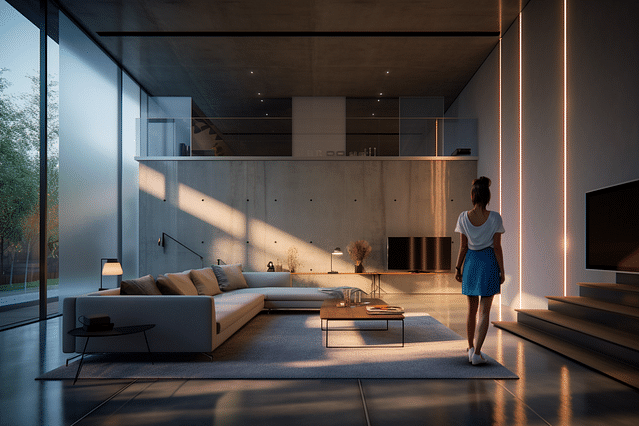
Low Voltage Home Automation: The Ultimate Guide
Home automation has become increasingly popular, and with the continuous advancements in technology, it is no surprise why. The convenience of controlling your home with just a tap on your phone or a command to a virtual assistant is undeniably appealing. But have you ever heard of low voltage home automation?
In this ultimate guide, we will dive deep into the world of low voltage home automation, its benefits, and popular devices and technologies to help you transform your home.
What is Low Voltage Home Automation?
Low voltage home automation refers to the use of a low voltage power supply to control your home's automated devices, such as lighting, heating, ventilation, and air conditioning systems. In comparison, standard residential power supply typically operates at 120 volts AC.
The use of low voltage systems in home automation can offer numerous benefits, such as increased energy efficiency, reduced energy consumption, and increased safety.
Benefits of Low Voltage Home Automation
One significant advantage of low voltage home automation is the increased energy efficiency that it provides. By using a low voltage power supply, less energy is required to operate the various automated devices in your home. This can help you save money on your energy bills, while also reducing your carbon footprint.
Another benefit of low voltage home automation is the reduced risk of electrical shock and fire hazards. Since low voltage systems operate at a lower power supply, they are safer to work with and can reduce the risk of electrocution or electrical fires.
Additionally, low voltage systems offer greater flexibility in their design and installation, enabling homeowners to customize their home automation systems to meet their unique needs and preferences.
Popular Devices and Technologies for Low Voltage Home Automation
Now that you understand the benefits of low voltage home automation, you may be wondering about the various devices and technologies available to enhance your home automation setup.
Smart Thermostats - These devices allow you to control your home's heating and cooling systems from your phone or voice control devices. Brands like Nest and Ecobee have become popular for their intuitive interfaces and energy-saving features.
Smart Lighting - With smart lighting systems, you can control your home's lighting with ease. You can remotely turn lights on and off, create custom schedules, and even adjust light brightness and color according to your needs and preferences. Popular brands include Philips Hue and Lutron.
Smart Locks - These devices offer a secure and keyless entry to your home, enabling you to unlock your door with a tap on your phone or via voice command.
Smart Sensors - These devices detect motion, temperature, and humidity levels in your home and can trigger an automated response, such as turning on the lights when you enter a room or adjusting the thermostat to maintain a comfortable temperature.
Conclusion
Low voltage home automation is an excellent way to improve your home's energy efficiency, safety, and convenience. By incorporating popular devices and technologies like smart thermostats, lighting, locks, and sensors, you can create a fully customized and automated home environment that suits your lifestyle and needs.
Posted on: Jan 1, 2023 Last updated at: May 4, 2023